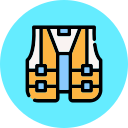First Aid Tips for Mountain Hiking Emergencies
Chosen theme: First Aid Tips for Mountain Hiking Emergencies. Pack confidence along with your map and boots—learn the calm, practical steps that keep small mishaps from becoming epics. Stay with us, subscribe for trail-tested drills, and share your own mountain lessons.
Prepare Before You Gain Elevation
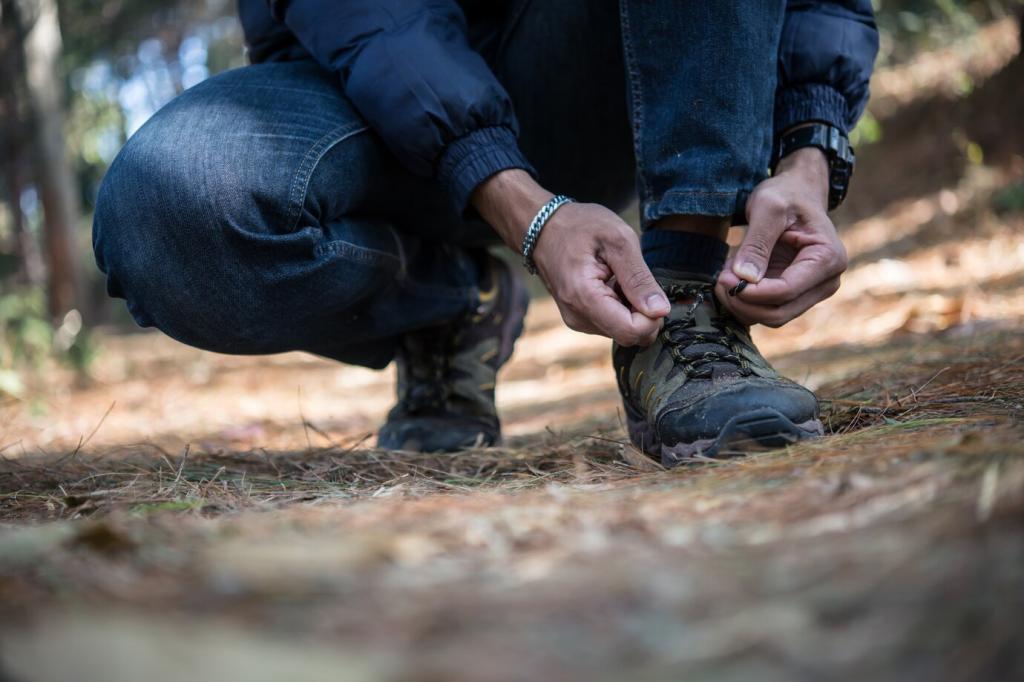
Stock trauma pads, roller gauze, adhesive tape, blister care, antiseptic wipes, triangular bandage, a compact splint, gloves, oral rehydration salts, a space blanket, and medications guided by your physician. Add personal items, label everything, and tell us your must-have kit additions.
Control Bleeding and Treat Wounds
Glove up, apply firm direct pressure with gauze or a clean cloth, and maintain it steadily for several minutes without peeking. Elevate if practical. If bleeding persists, pack the wound and reinforce pressure. Comment with the pressure techniques that worked for you.
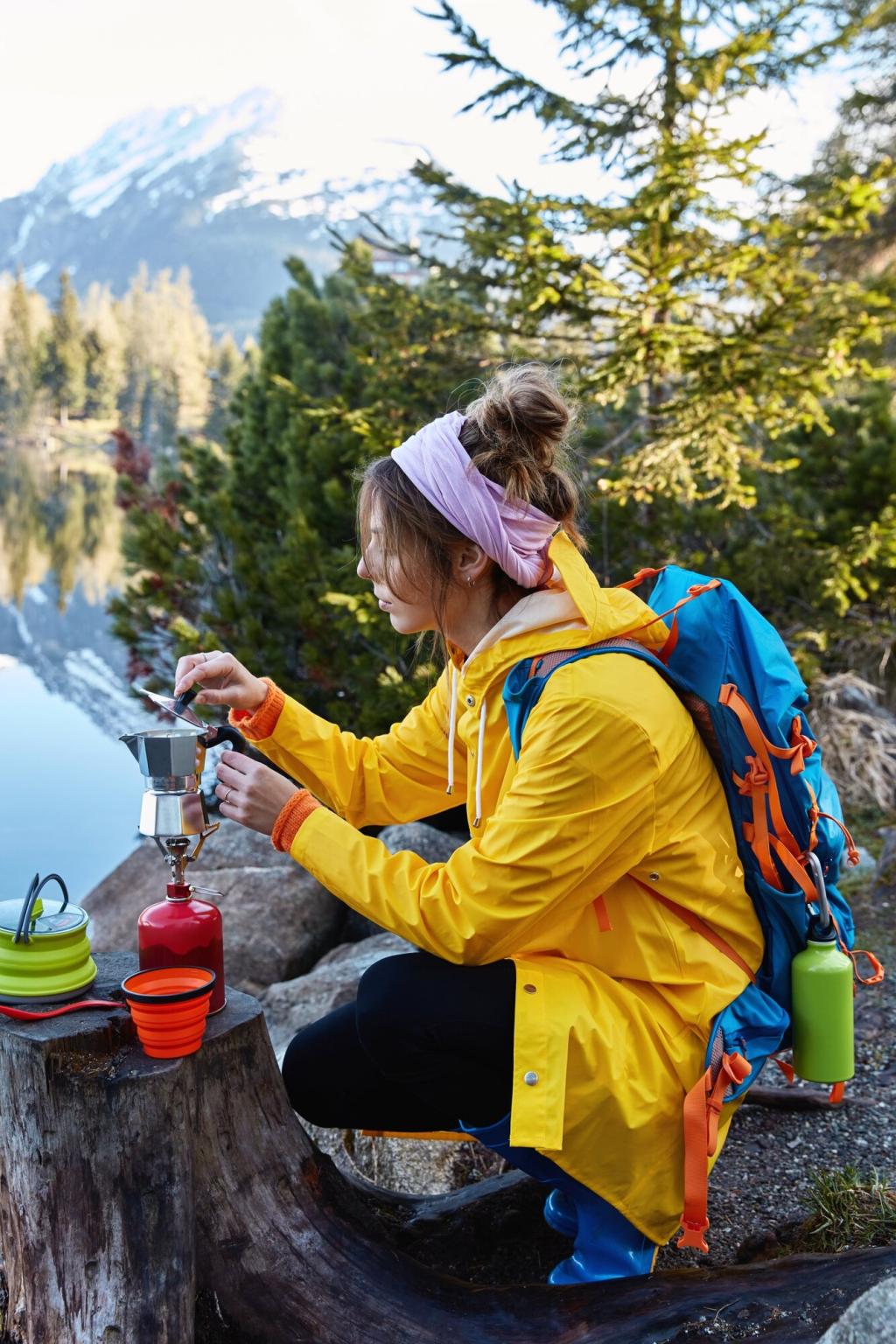
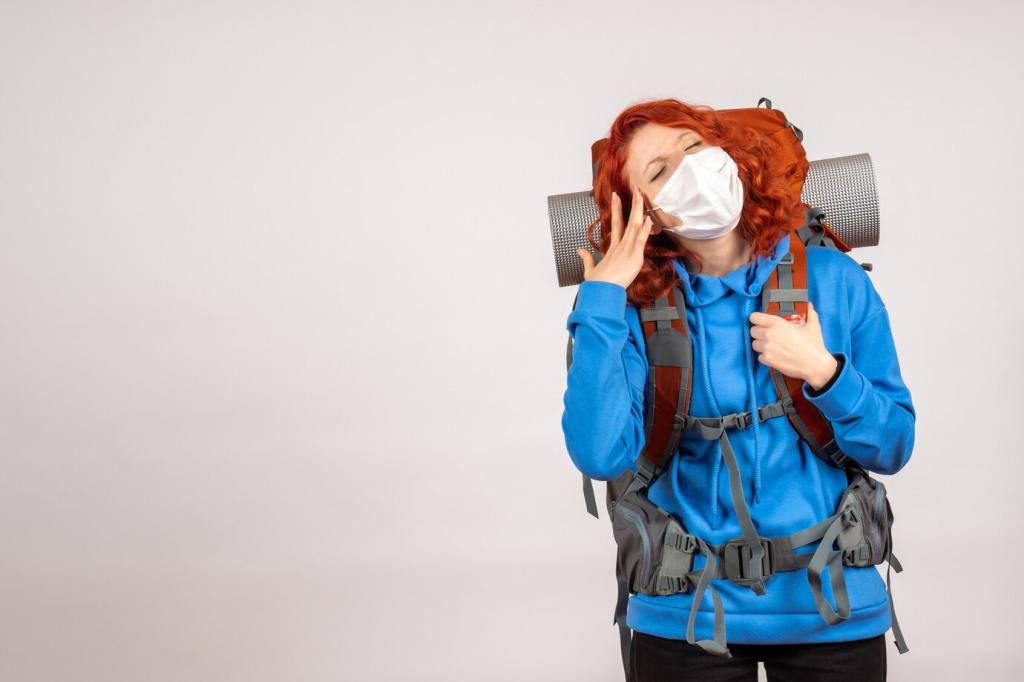
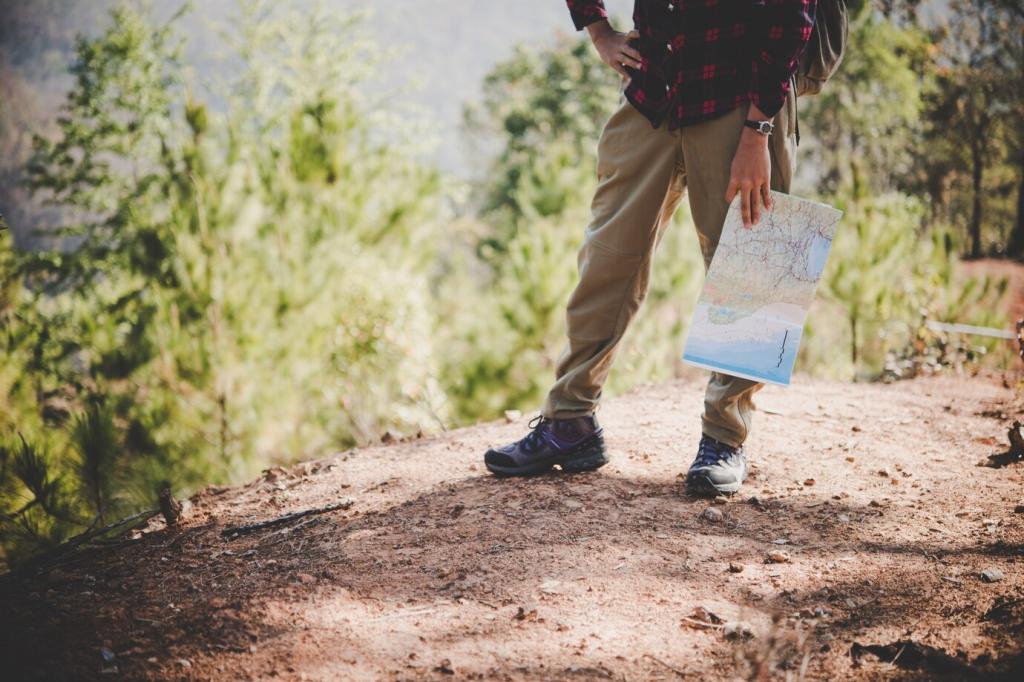
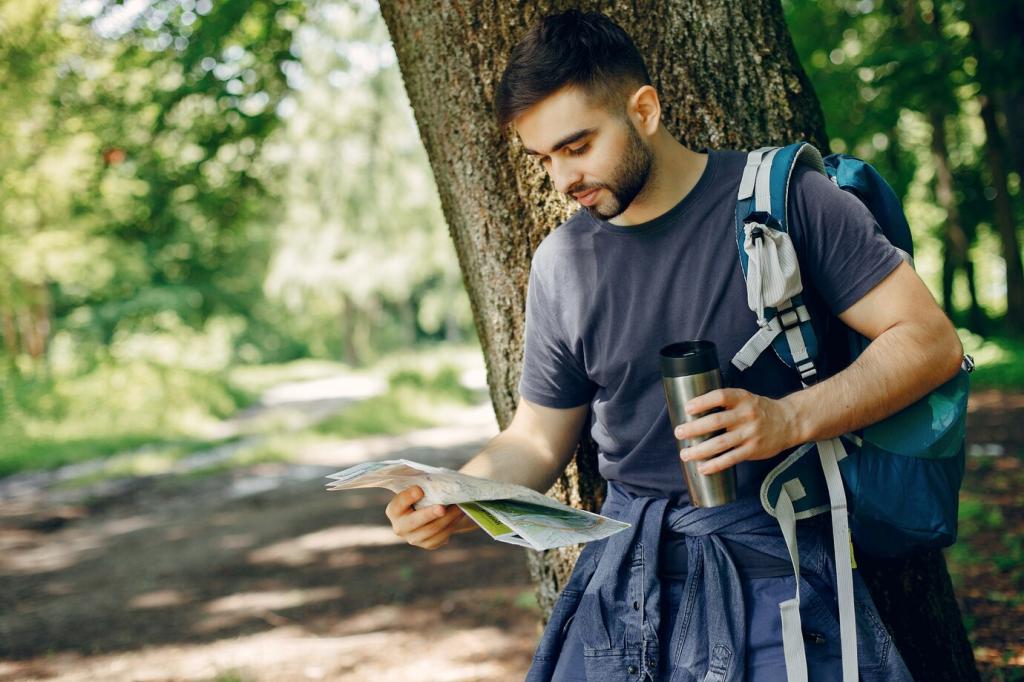
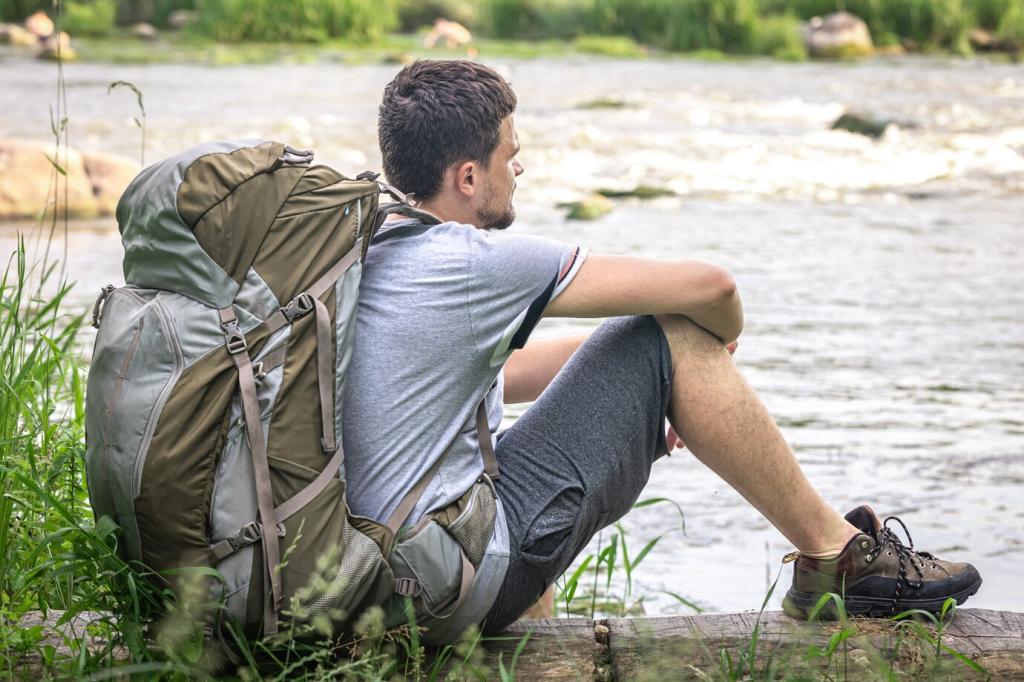
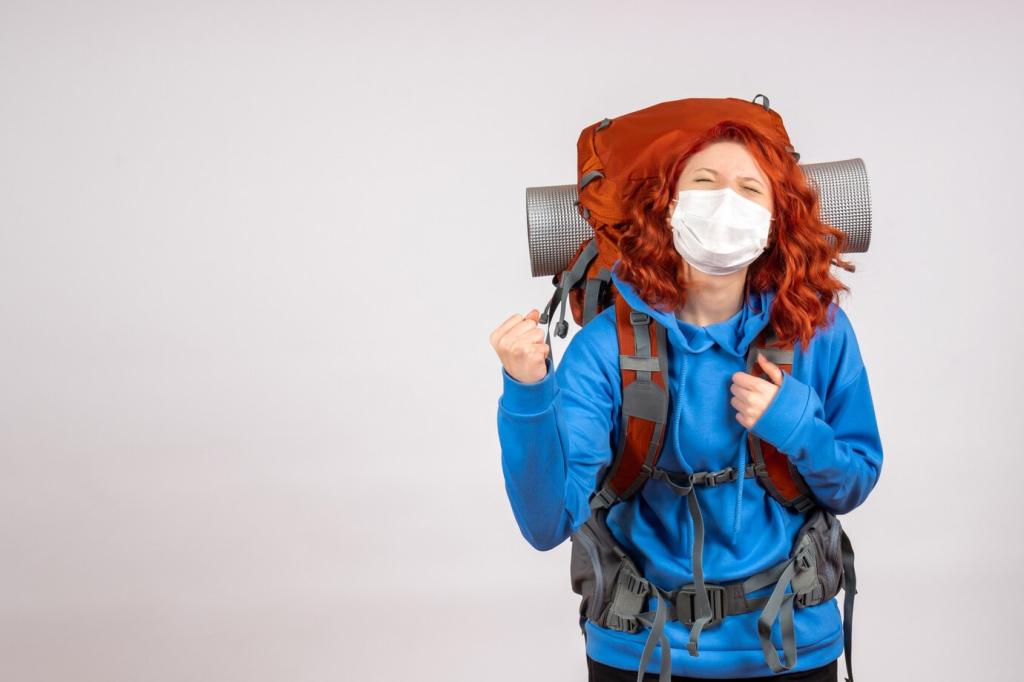
Spot Heat Exhaustion Versus Heat Stroke
Heat exhaustion brings heavy sweating, dizziness, and nausea; cool in shade and hydrate. Heat stroke adds confusion and hot, sometimes dry skin—this is an emergency. Cool aggressively and seek rescue. Tell us how you shade and cool on exposed switchbacks.
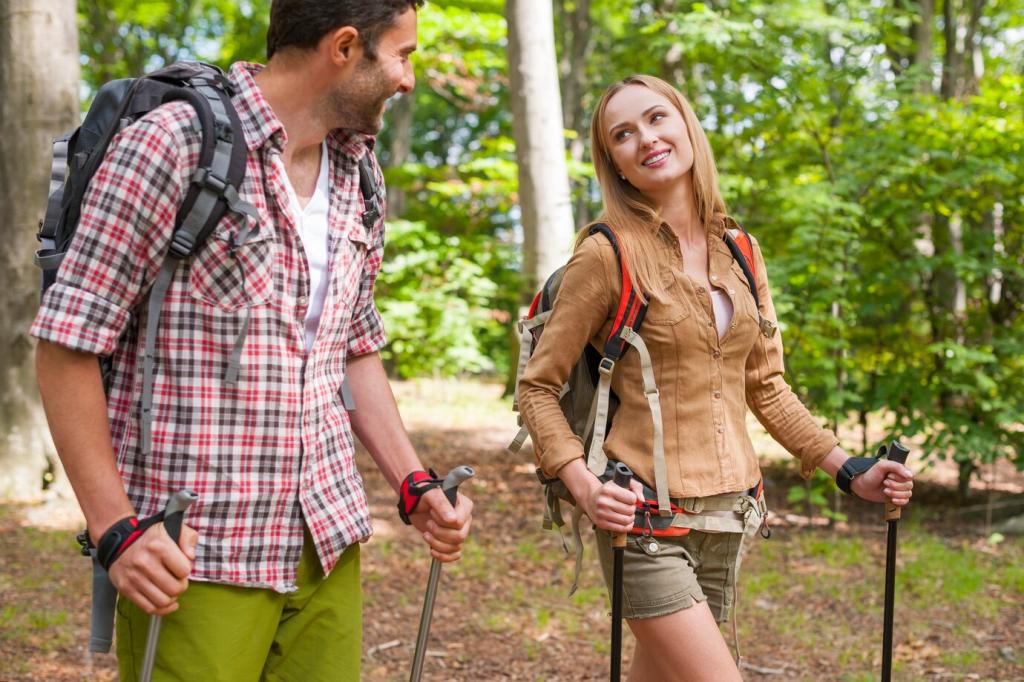
Hydrate and Replace Electrolytes Wisely
Sip consistently rather than guzzling, aiming to keep urine pale straw colored. Pair water with salty snacks or electrolyte mix to avoid hyponatremia. Weigh in: what’s your hydration schedule for big vertical days? Subscribe for our printable intake tracker.
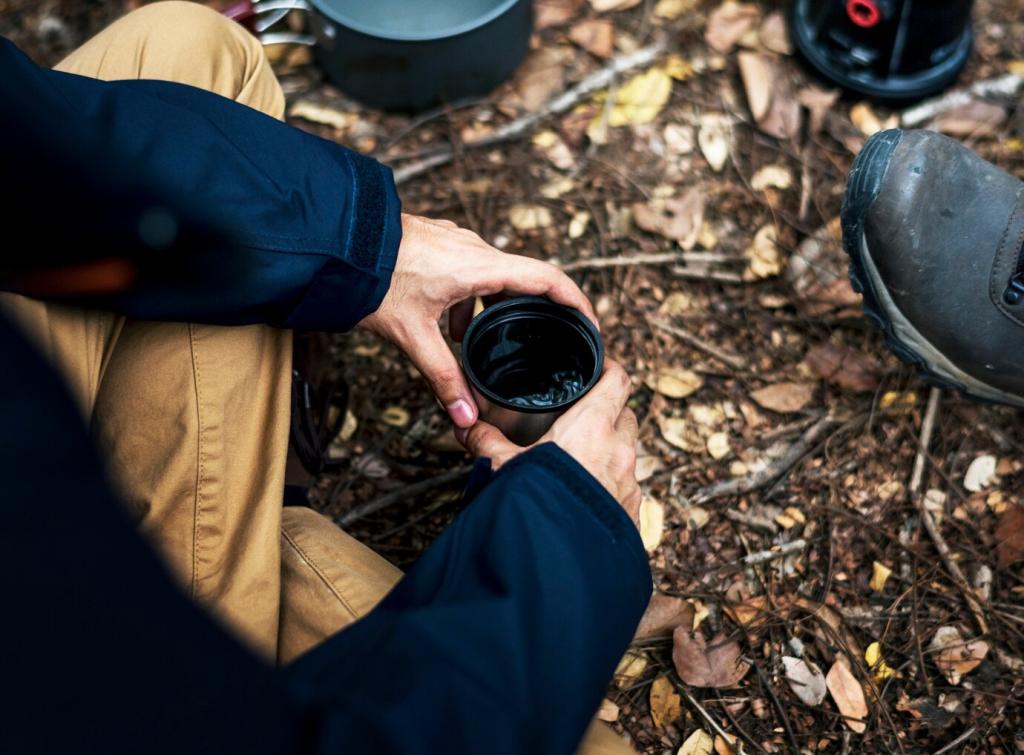
Prevent and Respond to Altitude Sickness
Mild AMS shows headache, poor sleep, and nausea—rest, hydrate, and do not ascend. Red flags for HACE or HAPE include confusion, ataxia, or breathlessness at rest—descend immediately and seek help. Share your acclimatization routine that actually works.
Signal, Navigate, and Coordinate Rescue
01
Balance injury severity, weather, terrain, daylight, and team capacity. Mark your location, note nearby landmarks, and leave a written plan if you must move. How do you decide? Comment with your checklist to guide other hikers.
02
Use three whistle blasts, mirror flashes, a high-contrast tarp, and headlamp strobe after dark. Lay ground-to-air symbols in open areas. Conserve phone battery in airplane mode. Share your most effective signaling technique from real trail experience.
03
Provide precise coordinates, patient condition, mechanism of injury, and your planned actions via text, satellite messenger, or phone. Keep messages concise, confirm receipt, and maintain periodic check-ins. Subscribe to get our templated emergency message card for your wallet.
